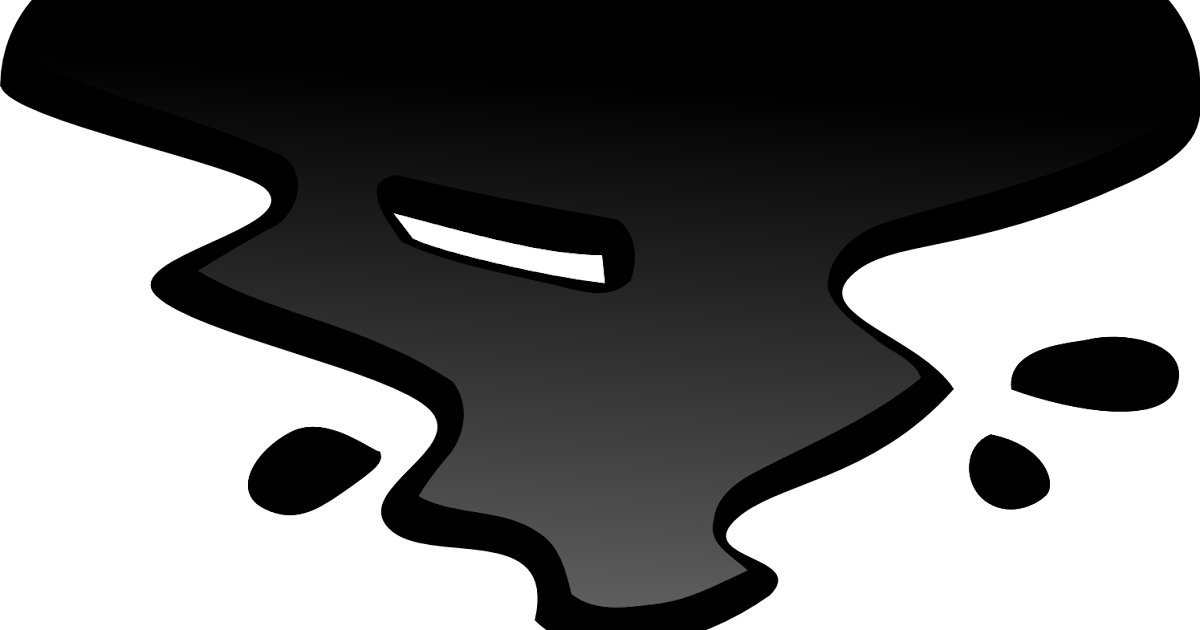

Then import the image, and see if you can see the object behind it.īut if your project demands a transparent background, you should be able to see whether it's transparent, in whatever place you're putting it - whether it's some other program or on the internet. Or if you don't have the checkerboard enabled, you could draw some random object on the canvas. If it's not, you'll see the white background. If you have the checkerboard background enabled, you'll see it through the image, if it's transparent.

If you doubt whether it's transparent, you could import it back into Inkscape. If you use File menu > Export PNG, it will create a transparent background in that new PNG file. The Inkscape background is transparent by default, whether you have a checkerboard background enabled or not. And Inkscape generally can't edit it anymore.Īre you saying that you actually want the checkerboard visible in the finished file? I think that would make for a pretty ugly image, personally. However, after exporting a PNG, you've made a new file, a raster file. You can edit Document Properties at any time.


 0 kommentar(er)
0 kommentar(er)
